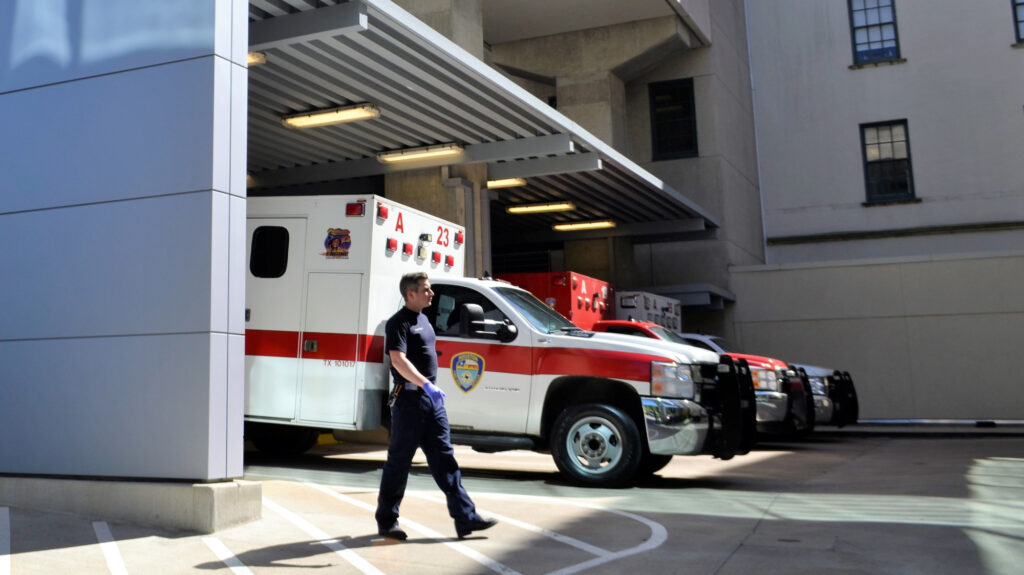Introduction
In the world of process improvement and lean methodologies, efficiency is key. One tool that has gained significant popularity in recent years is video analysis. By capturing and analyzing video footage of work processes, organizations can gain valuable insights into their operations, identify areas of waste, and make targeted improvements. Video analysis in lean allows for accurate time studies, waste reduction, and increased productivity. In this blog, we will explore the power of video analysis in lean and how it can enhance your process improvement efforts.
The role of video analysis in lean process improvement
Video analysis plays a crucial role in lean process improvement. It provides a visual representation of work processes, allowing teams to identify inefficiencies and areas for improvement. By carefully analyzing the video footage, teams can conduct accurate time studies, which enable them to understand how much time is spent on each task and identify any bottlenecks or delays. This information allows the team to develop more efficient work methods and optimize their processes.
Moreover, video analysis helps in waste reduction. By observing the video footage, teams can spot any unnecessary movements, wait times, or excessive handling of materials. This allows for targeted waste reduction efforts, eliminating non-value-added activities and streamlining operations.
Video analysis enhances productivity by providing objective data for performance evaluation. It enables organizations to measure and compare the performance of different teams or individuals, identify best practices, and implement standardized processes that result in improved productivity.
In the next section, we will delve into the various techniques and tools used in video analysis for lean process improvement.
How to implement video analysis in your lean initiatives
Now that we understand the benefits of video analysis in lean process improvement, let’s explore how to successfully implement this powerful tool in your organization.
First and foremost, it is crucial to select the right video analysis software tool that aligns with your specific needs. There are numerous options available, ranging from basic software that allows users to playback and analyze footage using a desktop or laptop computer and Microsoft Excel to more advanced platforms with enterprise features such as collaborative access using the cloud and detailed analytics reporting. Software applications include LeanEdit, Timer Pro, Time Study T1, Lean-Tool, and System2win. Consider your budget, desired functionalities, and ease of use when making your selection.

Once you have chosen the appropriate tool, it is essential to establish clear guidelines and protocols for capturing video footage. Determine which processes or areas you want to analyze and ensure that all relevant team members are trained on the correct recording techniques. Consistency in data collection is key to obtaining accurate and reliable results.
After capturing the video footage, the next step is to analyze and interpret the data. Take advantage of the tools provided by your chosen software to measure performance metrics, identify waste, and pinpoint areas for improvement. It is also beneficial to involve people being observed in the analysis process, encouraging their input and insights.
Lastly, use the findings from the video analysis to drive process improvement initiatives. Collaborate with your team to develop action plans to address any inefficiencies or bottlenecks identified. Monitor the implementation of these improvements and assess their impact on productivity and waste reduction.
By following these steps, you can effectively harness the power of video analysis in your lean initiatives and achieve significant process improvement. Stay tuned for the next section, where we will discuss real-life examples of organizations that have successfully utilized video analysis in their lean practices.
Case studies: how video analysis has enhanced process improvement efforts
In this section, we’ll explore real-life examples of organizations that have successfully utilized video analysis in their lean practices. These case studies highlight the power and impact of incorporating video analysis into process improvement initiatives.
Case Study 1: Aerospace Manufacturer
A mid-west aerospace manufacturing firm used video analysis in their lean initiative to identify opportunities for waste reduction on their production lines. By carefully reviewing video footage, teams of technicians and machine operators were able to identify significant time losses due to unnecessary movements, inefficient work sequences, and searching for tools. Armed with this data, the company made changes to their layout and work processes, resulting in a 35% reduction in cycle time and improved overall productivity.

Case Study 2: Regional Hospital
A 356 bed regional community hospital on the west coast used video analysis to improve patient flow within their emergency department. With patients’ permission, their improvement team analyzed video footage of patient journeys and staff movements and identified bottlenecks and areas of congestion. With these valuable insights, the hospital redesigned their layout, implemented staff training on efficient resource allocation, and optimized patient triage processes. As a result, they experienced a 30% decrease in patient wait times and increased patient satisfaction scores.

These case studies demonstrate how video analysis can be a game-changer in driving process improvement efforts. By providing objective data and visual evidence, video analysis enables organizations to make informed decisions, optimize workflows, and achieve tangible results.
In the next section, we will discuss best practices and tips for implementing video analysis effectively in your organization.
Best practices for effective video analysis in lean manufacturing
Now that we’ve explored the power of video analysis in improving process efficiencies, it’s time to dive into some best practices for implementing this technique effectively in your organization. By following these guidelines, you can maximize the benefits of video analysis and drive impactful process improvements.
- Define clear objectives: Start by identifying the specific goals you want to achieve through video analysis. Whether it’s reducing waste, improving cycle time, or enhancing employee productivity, having clear objectives will help guide your analysis and decision-making.
- Use high-quality video footage: Ensure that the video footage you collect is of high resolution and captures the relevant areas of your process. This will provide you with accurate data for analysis and enhance the visibility of any inefficiencies.
- Analyze with a cross-functional team: Involve individuals from different departments and perspectives in the video analysis process. This collaborative approach will help uncover insights that may not be apparent to a single individual and foster a more comprehensive understanding of the process.
- Continuously measure and track progress: Video analysis is not a one-time exercise. Regularly monitor and measure the impact of your process improvements using video analysis to track progress over time. This will enable you to make data-driven adjustments and sustain long-term improvements.
- Train employees on video analysis techniques: Equip your employees with the necessary skills to conduct video analysis effectively. Provide training on observation methods, data analysis tools, and interpretation to ensure that everyone is on the same page and capable of contributing to the improvement efforts.
By following these best practices, you can leverage the power of video analysis to drive significant improvements in your lean manufacturing processes.
In the final section of this blog series, we will discuss some common challenges organizations may face when implementing video analysis and provide strategies to overcome them.
Overcoming challenges in video analysis for process improvement
While video analysis has proven to be an effective tool in process improvement efforts, organizations may encounter challenges during its implementation. However, with the right strategies these challenges can be overcome leading to successful outcomes.
One common challenge is managing large volumes of video footage. Analyzing extensive amounts of video can be time-consuming and overwhelming. To address this, consider using automated video analysis software that can help streamline the process and identify key areas of improvement more efficiently.
Another challenge is ensuring privacy and security. With video analysis, sensitive information may be captured, which calls for robust security measures and compliance with data protection regulations. Implementing password-protected access to video footage and ensuring data encryption can help mitigate privacy risks.
Additionally, resistance to change can pose a challenge. Some employees may be skeptical of video analysis or feel threatened by its implementation. To overcome this, provide clear communication and training to help employees understand the benefits of video analysis in improving processes and emphasize the collaborative nature of the approach.

By addressing these challenges head-on and implementing appropriate strategies, organizations can harness the power of video analysis to its fullest potential, driving significant process improvements and achieving lean goals.
Conclusion
Video analysis is a powerful tool that can significantly enhance lean process improvement efforts in organizations. By utilizing automated video analysis software, organizations can streamline the process and identify key areas of improvement more efficiently. Many organizations in a variety of industries have successfully used this technique to make informed decisions using objective data and visual evidence. Although there are many challenges such as managing large volumes of video footage, ensuring privacy and security, and resistance to change, many organizations have overcome these hurdles and made significant impact towards their continuous improvement goals.







